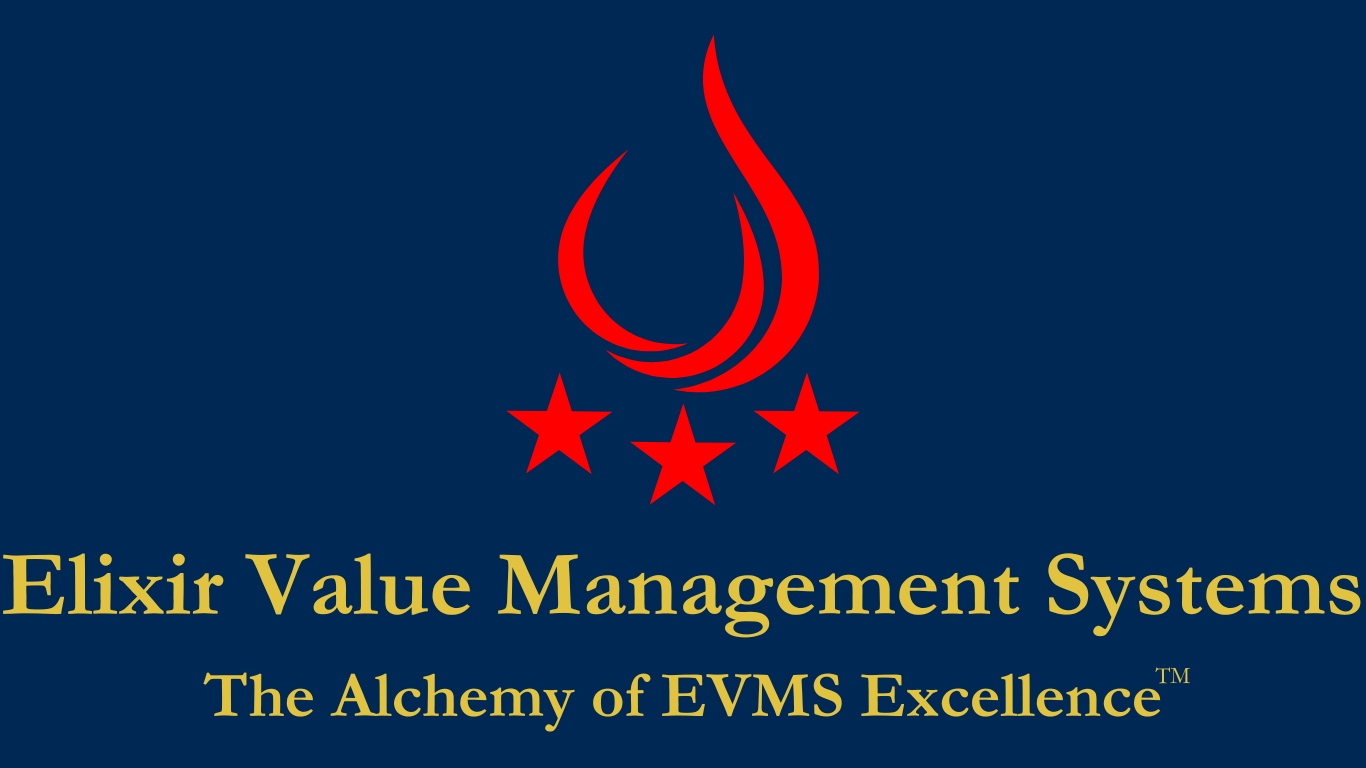IP2M METRR Maturity Assessment – Indirect Budget and Cost Management (Sub-Process E)
Managing indirect costs is essential for maintaining financial integrity and ensuring accurate project performance. This sub-process evaluates how organizations define, allocate, and monitor indirect budgets and costs to ensure transparency, compliance, and effective cost control.
📌 Why Indirect Budget and Cost Management Matters in EVMS
✔ Ensure accurate allocation of indirect costs to projects and control accounts
✔ Align indirect budgets with project scope, schedule, and performance goals
✔ Maintain financial transparency through documented processes and compliance
✔ Monitor and analyze indirect variances to support proactive cost management
📌 Key Attributes of Indirect Budget and Cost Management
E.1. Indirect Account Organization Structure – Clearly defines the organizational structure responsible for managing indirect costs, including roles, responsibilities, and authority. Proper management ensures that indirect budgets are established, expenditures are controlled, and processes are well-documented, supporting transparency and compliance.
E.2. Indirect Budget Management – Establishes and approves indirect budgets using documented processes and integrates them into the Performance Measurement Baseline (PMB) using current rates (approved, provisional, or proposed). Effective management ensures that all indirect costs are accounted for and aligned with project objectives.
E.3. Record/Allocate Indirect Costs – Ensures that indirect costs, which cannot be directly tied to specific project activities, are budgeted and controlled at the functional or managerial level. Costs are allocated to projects using consistent rates that align with approved budgets, ensuring accurate tracking and fair distribution across projects.
E.4. Indirect Variance Analysis – Compares actual indirect costs with budgeted amounts to identify variances, enabling timely corrective actions. Effective variance analysis provides visibility into cost performance, supporting proactive management and ensuring that indirect cost impacts are integrated into project planning and control.
🔍 Key Indicators of EVMS Maturity in Indirect Budget and Cost Management
✅ Well-defined organizational structure for managing indirect costs
✅ Accurate budgeting and allocation of indirect costs to projects
✅ Consistent use of approved indirect rates aligned with project objectives
✅ Proactive analysis and management of indirect cost variances
❌ Indicators of Low Maturity
❌ Unclear roles and responsibilities for managing indirect costs
❌ Budget misalignment leading to inaccurate cost allocation
❌ Inconsistent application of indirect rates across projects
❌ Lack of variance analysis, increasing the risk of cost overruns
📊 How to Improve Your EVMS Maturity in Indirect Budget and Cost Management
📌 Define and document the organizational structure for managing indirect costs
📌 Standardize processes for establishing and approving indirect budgets
📌 Ensure consistent application of indirect rates across all projects
📌 Regularly analyze and address indirect cost variances
📌 Train financial and project teams on best practices for indirect cost management
🔜 What’s Next?
Next, we will explore Analysis & Management Reporting (Sub-Process F)—ensuring that project performance data is accurately analyzed, reported, and used for informed decision-making. Stay tuned! 🚀
📞 Let’s Talk!
At Elixir Value Management Systems, Inc., we help organizations enhance their EVMS maturity, ensuring they go beyond compliance to achieve operational excellence.
👉 Need to optimize your indirect cost management processes? Let’s discuss!
📧 karlo.menoscal@elixirvms.com
📞 949-351-8896
🔹 Unlock the Alchemy of EVMS Excellence with Elixir Value Management Systems, Inc.! 🔹
#EVMS #ProjectManagement #Defense #Aerospace #ProjectControls

